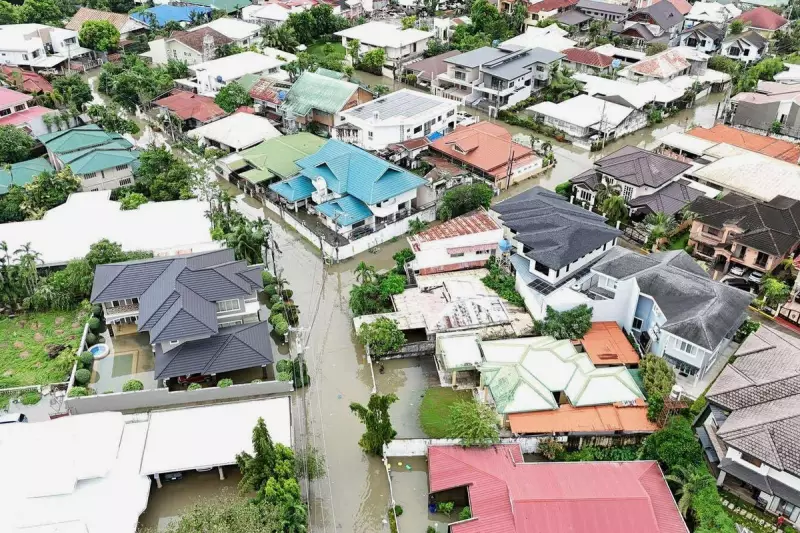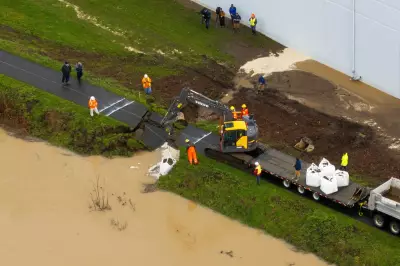
Millions of residents across Metro Manila are facing unprecedented water shortages as a severe El Niño weather phenomenon tightens its grip on the Philippine capital. The crisis has left taps running dry in numerous neighbourhoods, forcing desperate citizens to queue for hours to collect water from emergency distribution points.
Capital City Parched
The National Water Resources Board has been compelled to implement significant reductions in water allocations from major dams serving the metropolitan area. With water levels in critical reservoirs dropping alarmingly, authorities warn the situation may deteriorate further in the coming weeks.
"We're doing everything in our power to manage this crisis," stated a government spokesperson. "Our priority is ensuring all residents have access to potable water, particularly in the most severely affected districts."
Daily Struggles Intensify
Long queues have become a daily reality across the city as residents line up with buckets and containers at water trucks and distribution centres. Many households report going days without running water, significantly disrupting daily life and raising health concerns.
Local businesses, particularly those in the food service and hospitality sectors, are feeling the strain, with many forced to reduce operations or implement costly alternative water arrangements.
Climate Pattern Worsens Situation
The current water emergency has been exacerbated by the ongoing El Niño climate pattern, which typically brings drier conditions to the Philippines and other parts of Southeast Asia. Meteorologists predict below-average rainfall will continue throughout the region in the immediate future.
Environmental experts note that while El Niño has intensified the crisis, longer-term issues including infrastructure challenges and population growth have contributed to Manila's vulnerability to water shortages.
Emergency Response Underway
The Philippine government has activated emergency protocols, deploying water trucks to the hardest-hit areas and establishing coordination centres to manage the distribution of limited supplies. Residents are being urged to conserve water wherever possible as authorities work to stabilise the situation.
Officials remain hopeful that incoming weather systems might bring some relief, but concede that significant rainfall will be needed to replenish dangerously low reservoir levels.





